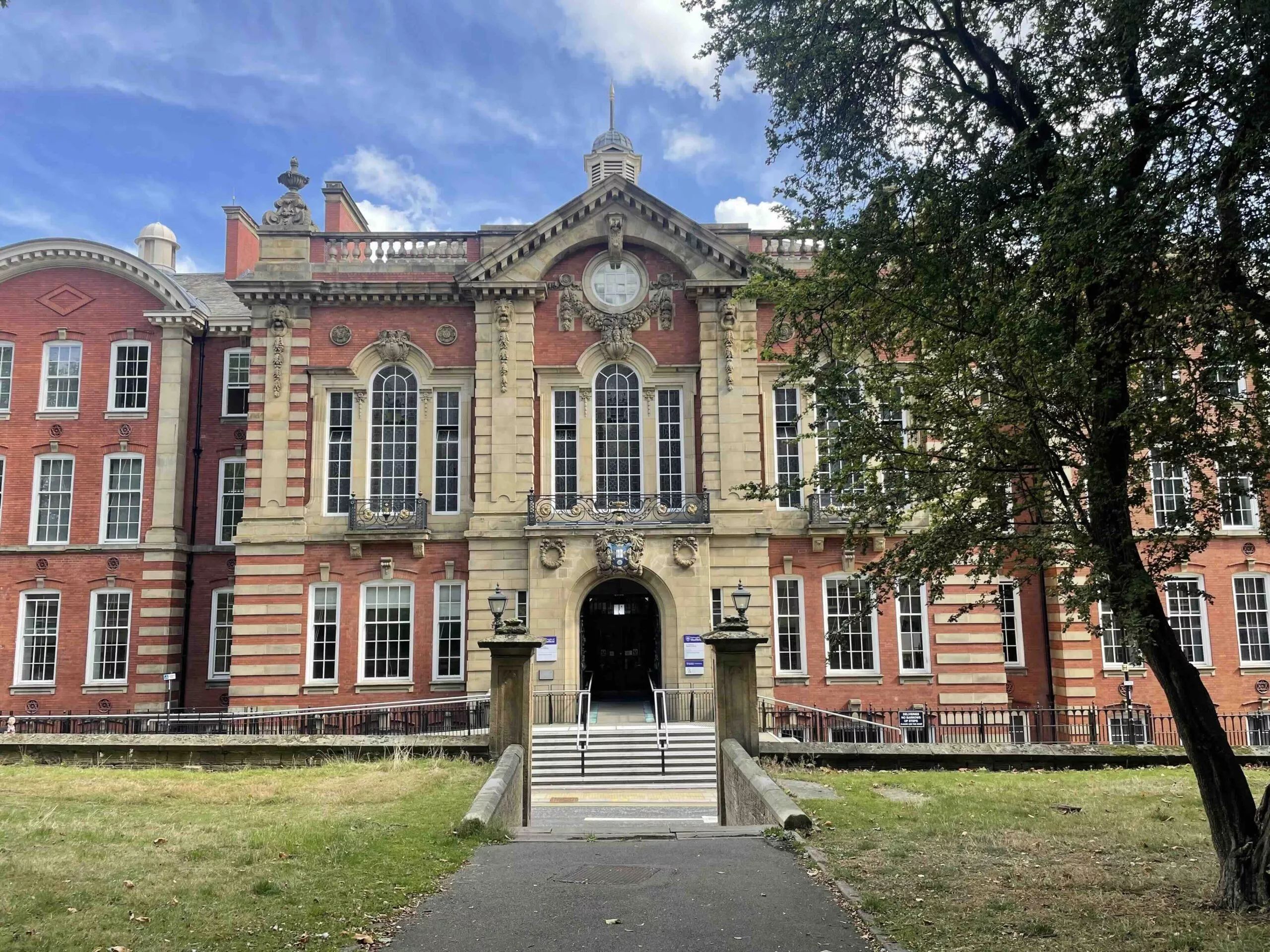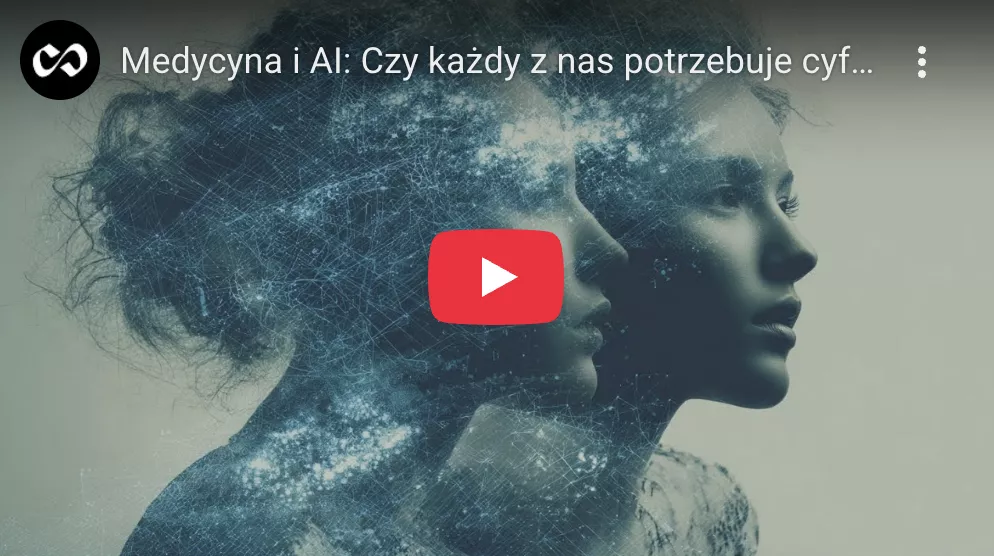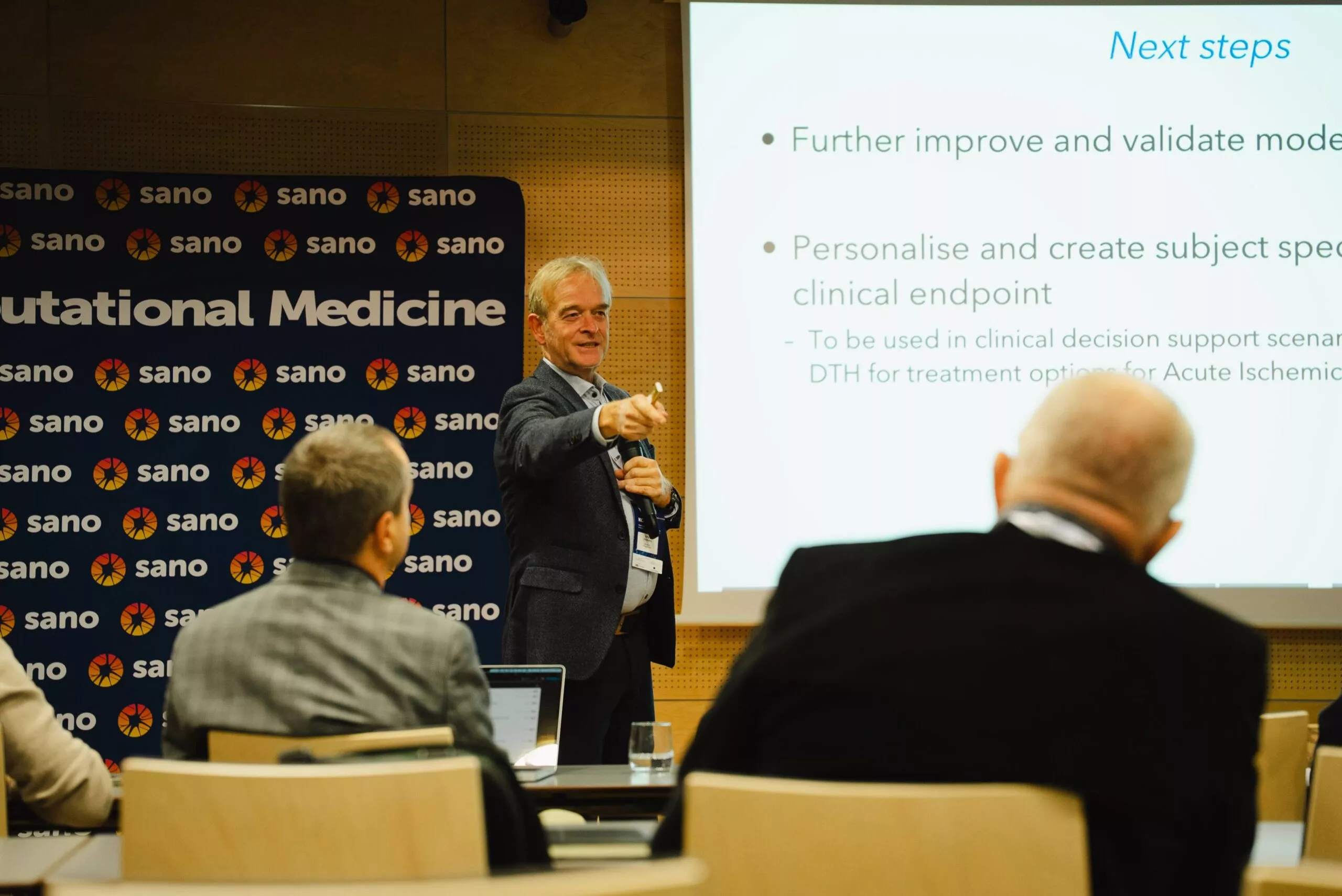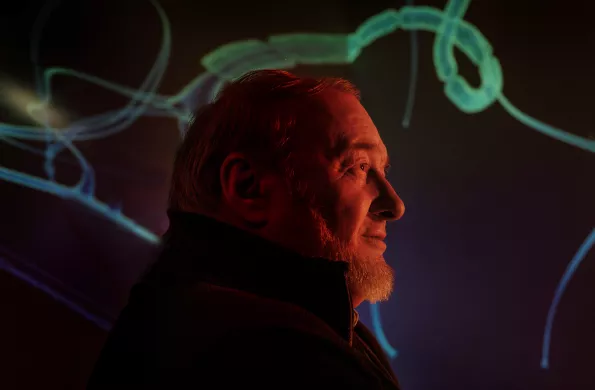
A week in Sheffield: from principles to practice in AI‑enabled modelling
Sano’s delegation joined Insigneo for a focused training week that paired machine learning with mechanistic modelling to advance credible, clinician‑ready tools.
In September, a Sano delegation visited a structured training week with the Insigneo Institute in Sheffield to connect machine learning foundations with the realities of modelling and clinical research. The programme—“Machine Learning for Multimodal Research and Healthcare: From Theory to Practice”—was co‑delivered by Sano and Insigneo and was open to Insigneo researchers, fostering practical exchange and shared methods across our teams.
Foundations in ML
Day one and two set the groundwork. Jose Sousa (Sano) led an accessible tour of core machine learning concepts, model selection, and evaluation strategies anchored in healthcare use cases. Contributions from Kamil Woźniak, Jan Argasiński, Mahmoud Nasr, Yousef Khan, and Joan Falcó‑Roget broadened the perspective with multimodal pipelines and reproducibility practices, keeping the emphasis on approaches that translated directly into robust workflows.
Modelling meets AI
Midweek turned to mechanistic models and their synergy with AI. Ian Halliday (Insigneo) outlined where physics‑based models excel and where they face limits, then showed how data‑driven methods can extend their reach—from emulators that accelerate exploration to physics‑informed neural networks that encode governing constraints. The message was pragmatic: AI complemented modelling, strengthening scale, uncertainty handling, and time‑to‑insight.
Case study: CACTUS x aneurysms
Thursday offered a concrete bridge between theory and application. In a joint case study, Albert Marzo (Insigneo) and Jose Sousa demonstrated how Sano’s explainable ML framework CACTUS integrated with cerebrovascular aneurysm data. They walked through data preparation, training and validation, emulator design, and interpretability—illustrating a transparent path from experimental evidence to credible, decision‑supportive analysis.
Peer consultations
Wednesday afternoon highlighted collaboration in action. Sano researchers and Insigneo colleagues met for expert‑to‑expert consultations on ongoing projects—testing assumptions, refining validation strategies, and aligning methods with clinical context. The exchange surfaced clear next steps across imaging, cardiovascular and neuro applications, and workflow automation, pointing to where hybrid modelling‑plus‑ML could deliver near‑term impact.
Panel and takeaways
The week concluded with a forward‑looking panel featuring Enrico Dall’Ara, Shannon Li, and Lingzhong Guo on integrating modelling and AI in practice. Discussions centred on verification and validation, reproducibility across pipelines, and building clinical credibility—what evidence is needed and how to maintain trust as models and data evolve.
Beyond the seminar room
Beyond the seminar rooms, the visit strengthened rapport and collaboration. An atmospheric dinner at the stylish Halifax Hall provided a graceful backdrop for continuing conversations, complemented by a classic pie supper at the University Arms and a spirited go‑kart session that closed the week on a high.
What it means for Sano
For Sano, the Sheffield week advanced a shared curriculum with Insigneo, produced ready‑to‑adapt example pipelines—from emulators to physics‑informed learning—and deepened collaboration around CACTUS‑enabled analyses and multimodal workflows. Above all, it reaffirmed a joint commitment: pairing high‑fidelity models with modern machine learning to deliver explainable, scalable tools that clinicians can trust.
A road well travelled
As a fitting coda, the road to Sheffield unfolded through quietly beautiful scenes—rolling hills, green pastures, and flocks of grazing sheep—reminding us that rigorous science can travel hand in hand with moments of simple, restorative landscape.





